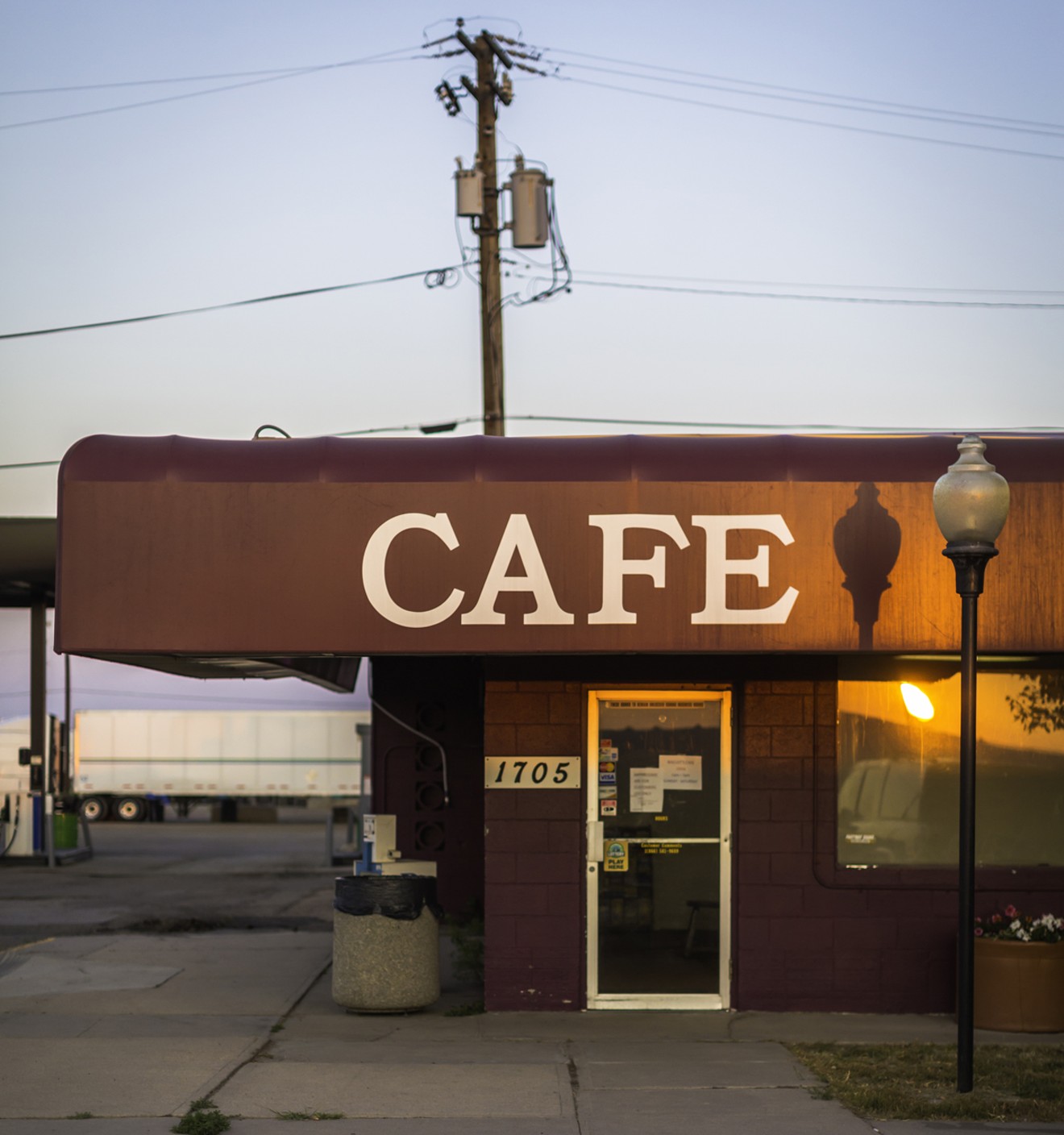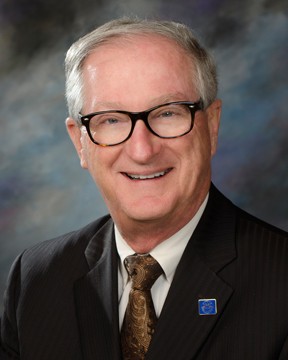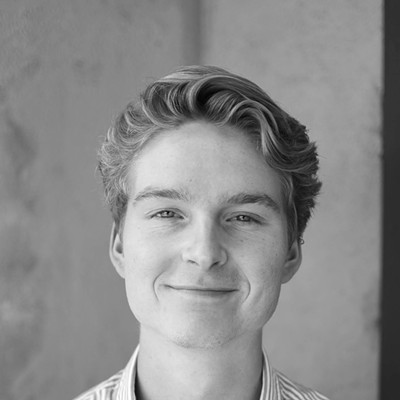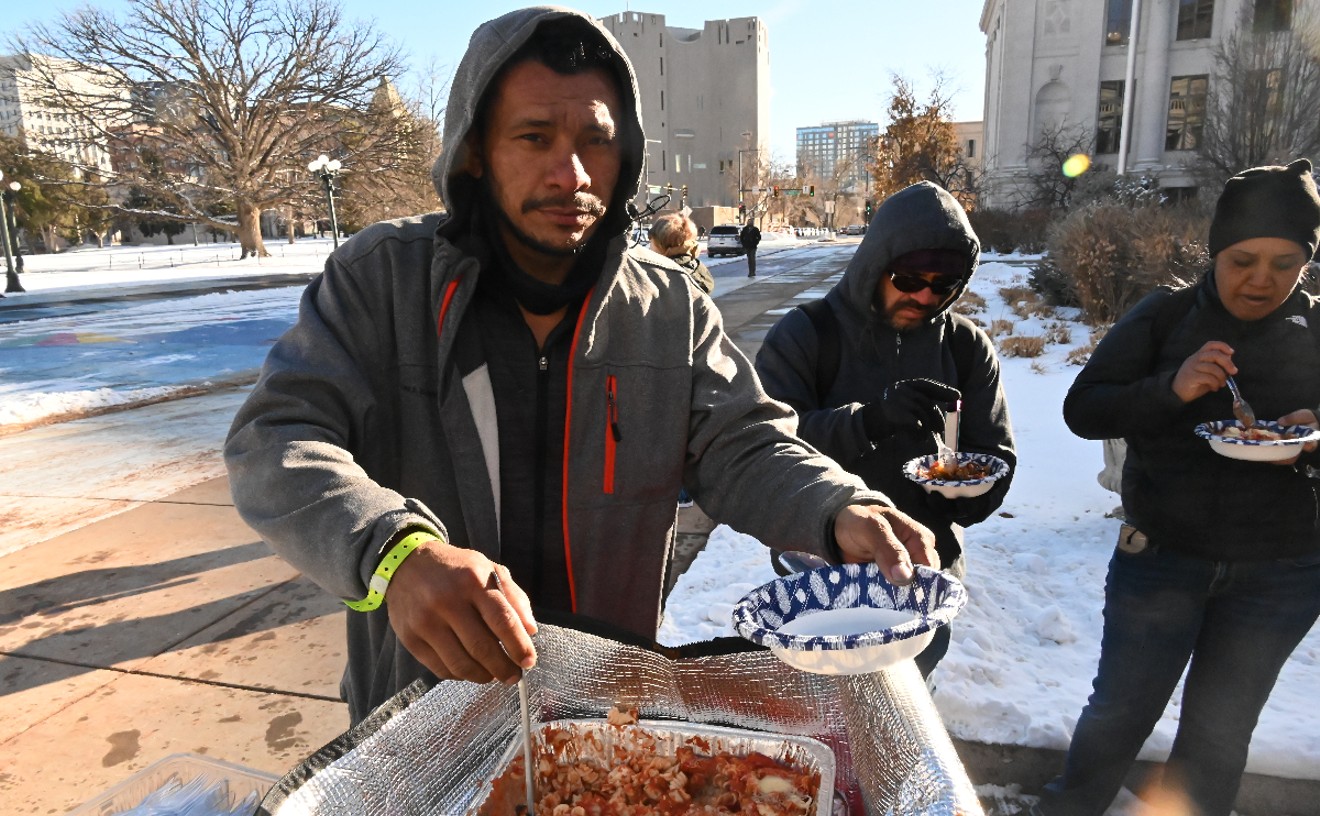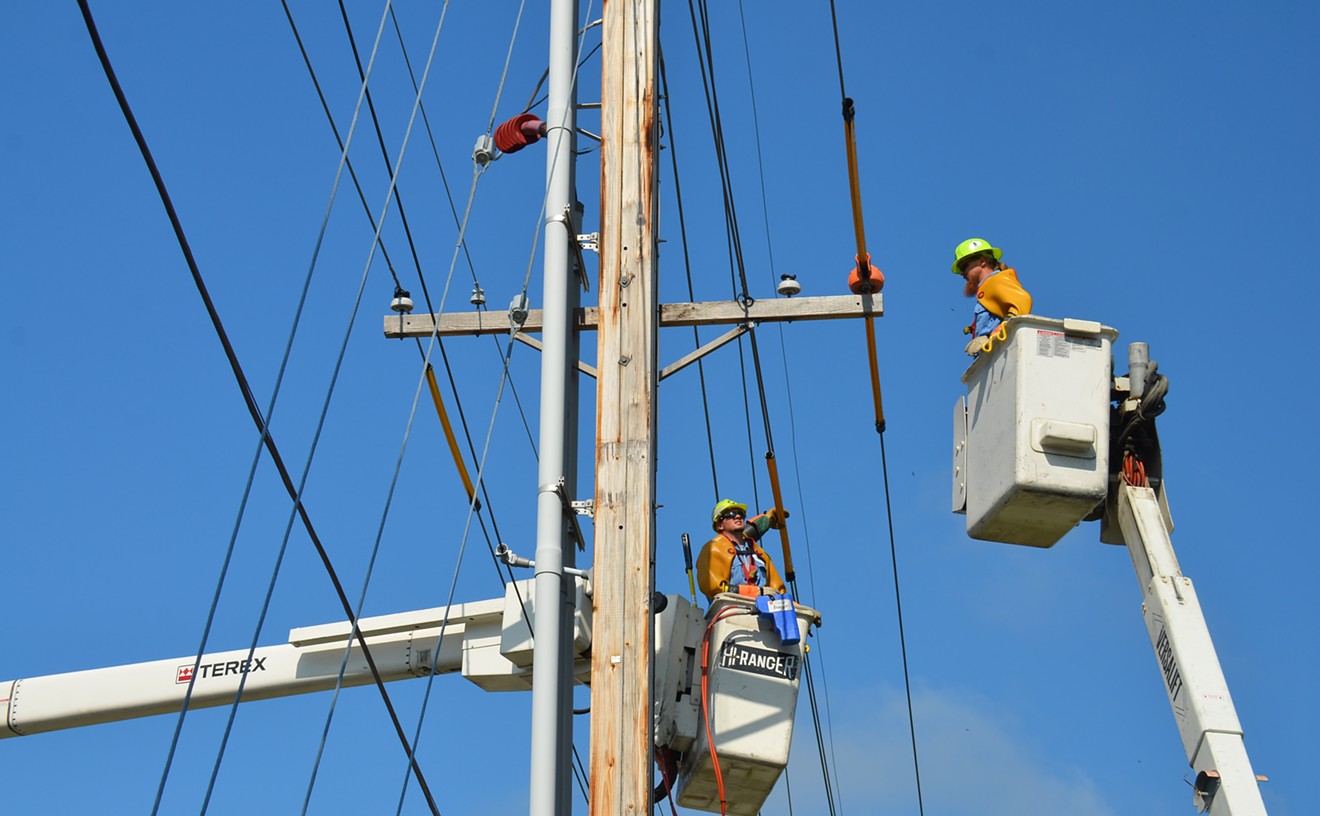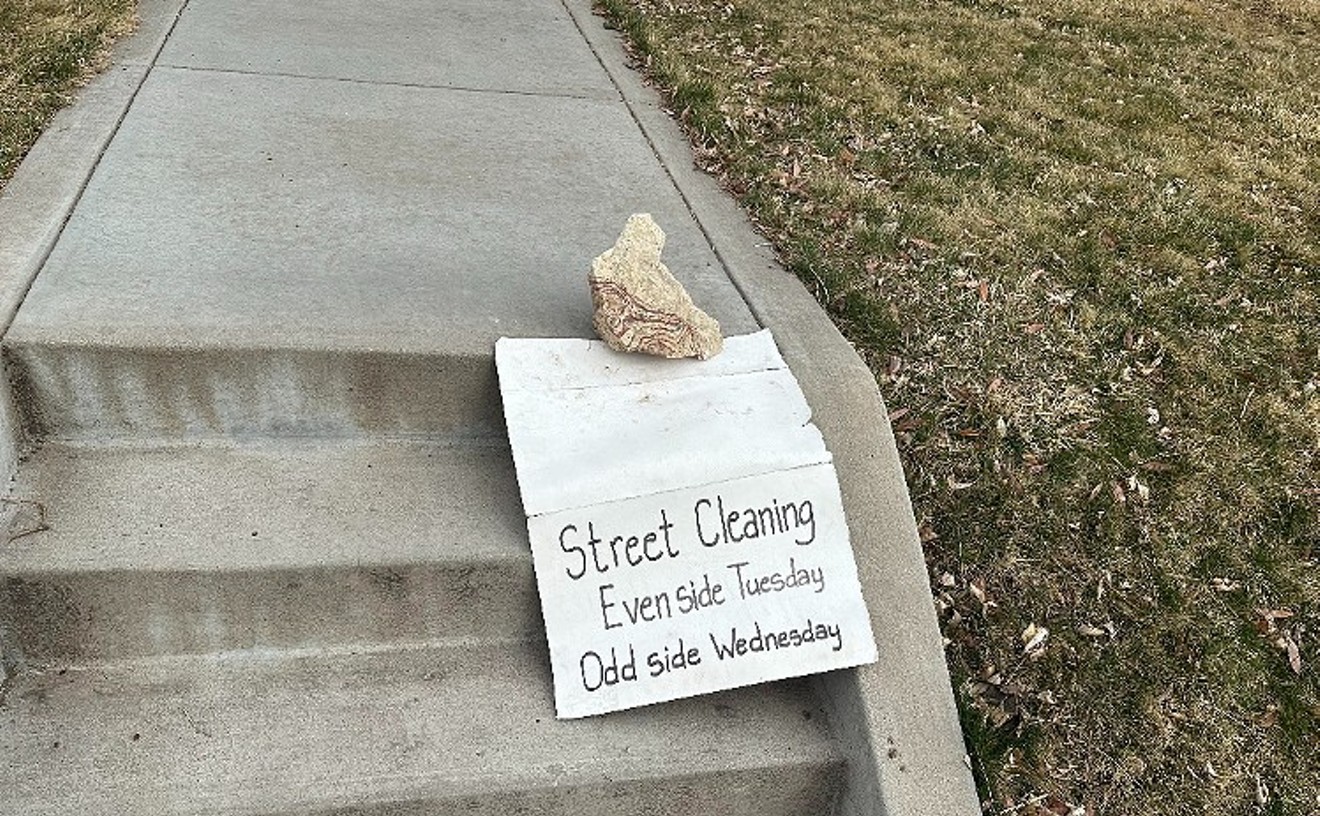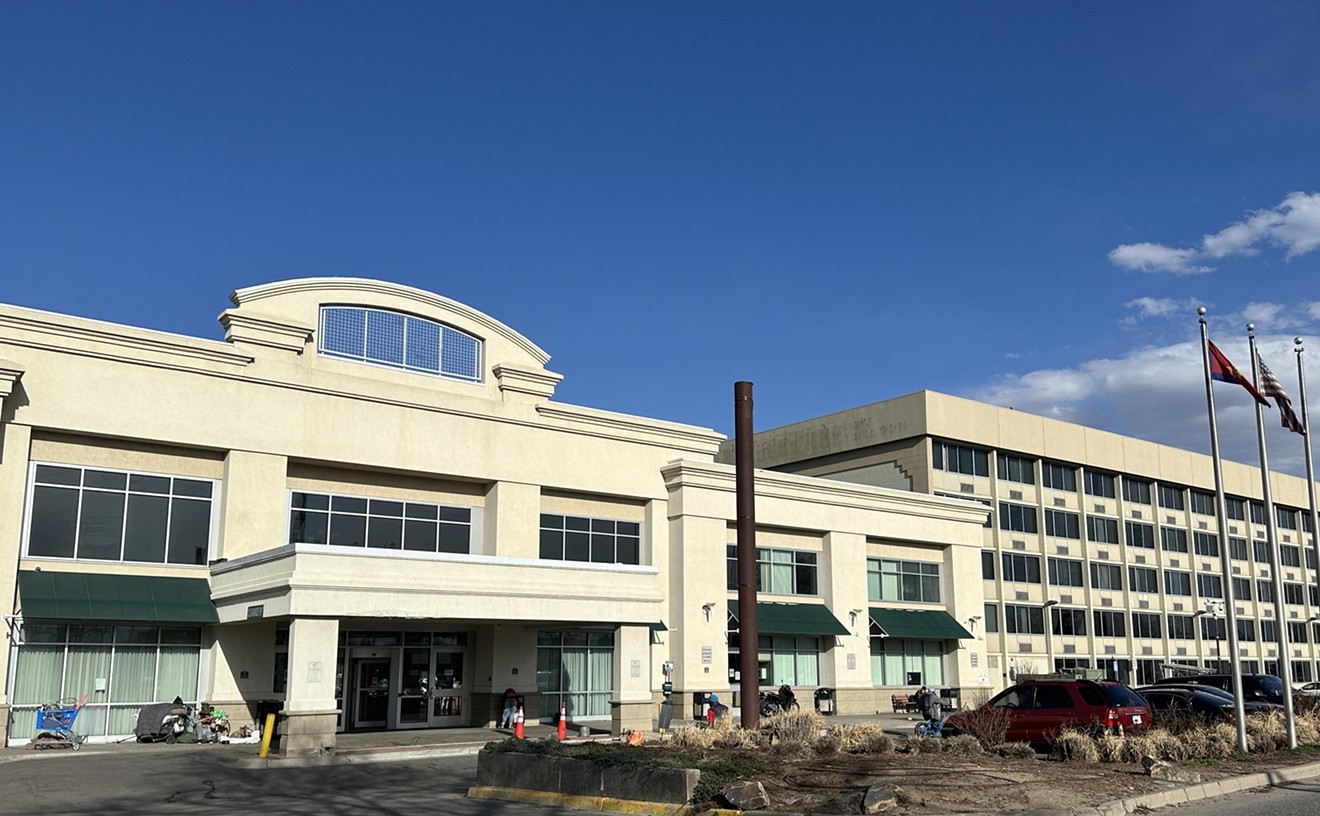Biscuits Cafe is an anchor for the people in and around town, serving breakfast all day to local farmers and ranchers as well as the truckers and travelers who come in from I-70. At 7:30 a.m. on a recent summer day, the place is surprisingly packed.
A conversation has started among patrons and staff over an issue that’s engrossed the area for nearly twenty years: Should Aurora voters allow the city to pursue an entertainment district north of I-70 and east of Hudson Road — i.e., on city land within earshot of Watkins — that would include a world-class motor speedway? Are thousands of jobs, millions in tax revenue and the prestige and tourism boost that come with such a project worth potentially displacing residents in nearby towns like Watkins? Is this an opportunity for Aurora to finally step out of Denver’s shadow, or will it fail, as motor sports themselves continue to wane in popularity?
“A lot of folks around here think that it would bring noise and traffic, and they like to hold on to the way that things were,” says Sherry Varner, a friendly waitress who makes sure that coffee mugs are never empty. “But change is exciting!”
Jim Compton, who has lived in Watkins all his life, doesn’t agree.
“How would you like it if somebody came and put that in your back yard?,” he asks. “There’s no good to it for the people out here. And NASCAR isn’t doing particularly well anymore as it is.”
His son Jeff agrees. “We want to hold on to the way we were. Those of us working people out here don’t like to get stomped on,” he says as he drinks his coffee. “Now they want to bring in a racetrack and 70,000 or 80,000 people each race. This breakfast will be, what, $25?”
This year would have marked the fourth time in nearly twenty years that Aurora voters would have decided whether to allow the city to spend money on a motor speedway. In 1999, voters banned the city government from doing so; in the ensuing years, city officials have had one tool — a ballot initiative — to remove that ban from the city’s charter.
And now the most recent ballot measure, which would have been voted on this November, was suddenly scrapped in late August after its proponents decided they didn’t have enough time to convince voters of the entertainment district’s potential. Project supporter Sally Mounier, an Aurora councilwoman, also cites a key proponent’s family medical emergency as a factor in the decision.
“But I can assure you no matter what, I will be reintroducing it again next year to be voted on in the 2019 election,” Mounier says.

Biscuits Cafe is one of only a handful of restaurants in Watkins, and some people would like to keep it that way.
Jake Holschuh
“Aurora has grown from twenty people to 375,000 people, and we’ve done it pretty successfully,” says Hogan, whose tenure as mayor since 2011 marks a fraction of his decades spent on city council. “What comes next, who knows? But I’m pretty sure that the reality is, one day the biggest city in Colorado isn’t going to be Denver — it’s going to be Aurora.”
While Denver struggles to cope with a massive population influx, Aurora boosters are doing all they can to attract new residents and high-paying jobs, and change the city’s reputation as a cheaper, less desirable piece of metro Denver.
One way to do that is with development, and under Hogan, Aurora has poured money into big-name projects. The Gaylord Rockies Resort & Convention Center, a 1,500-room hotel minutes from DIA that will boast 485,000 square feet of meeting and convention space, got a $300 million tax break over thirty years. (The project, which recently topped out, will open in 2018.) There are more homes under construction in Aurora than you can count, including an enormous housing development going up across from the University of Colorado Anschutz Medical Campus, and an Amazon warehouse set to open next year will provide 1,000 full-time jobs. It’s probably not a coincidence that Aurora’s population rose 11 percent between 2010 and 2016, on par with metro Denver’s.
The push for development is part of what fueled Mounier’s vision of a world-class motor speedway surrounded by restaurants, hotels, business parks and theaters on Aurora’s eastern edge. “This entertainment district and this motor-sports facility is huge — as huge as Gaylord,” says Mounier, who worked for a decade in the real estate business before retiring in 2013.
Her model is the Kansas Speedway, a 63,000-seat arena surrounded by an entertainment district that includes casinos, high-end outlet stores and theaters. In addition to hosting three NASCAR races per year, the entertainment district holds about 300 events annually and provides a sizable economic benefit to Kansas City: $14 million in property taxes and 10,000 permanent jobs.
“There’s no reason to think that we can’t duplicate that,” says Mounier.
She’s not the first person in Aurora to push such an entertainment district.
In 1997, the Denver Post reported that an unnamed group of investors had been planning to build a “super speedway” on 650 acres of land just south of Denver International Airport, but the Federal Aviation Administration rejected the plan, which would have put tens of thousands of fans beneath planes landing at DIA.
Just two years later, in 1999, the International Speedway Corporation — a major developer of NASCAR and IndyCar tracks — announced that there would be a private-public partnership to build a $100 million, 80,000- to 110,000-seat raceway in Aurora near the intersection of I-70 and E-470. Supporters included Pete Coors and the owners of the Colorado Rockies.
The plan ushered in a contentious election season with the racetrack at the center, and seemed plausible enough that it worried the New York-based owners of the Pikes Peak International Raceway, a NASCAR speedway that had recently opened just eighty miles south, outside of Colorado Springs.
Concerned about the competition, the raceway’s owners founded a pseudo-grassroots organization called Concerned Residents Against Speedway Havoc (CRASH) and sponsored a successful ballot initiative, 2F, that banned Aurora from subsidizing a racetrack and even codified the language in the city’s charter.
Bonnie Rader remembers that election and the following years well, when she thrust herself into the center of the political battle as the most vocal, and perhaps most politically shrewd, opponent of the racetrack. As a resident of unincorporated Arapahoe County, she says she would have been affected by the noise, traffic and potential pricier property values that come with such a huge development — “though not nearly as badly as Watkins.”“I’m pretty sure that the reality is, one day the biggest city in Colorado isn’t going to be Denver — it’s going to be Aurora.”
tweet this
Although 2F effectively killed the development, Rader knew that city officials had worked too hard to abandon their vision. Together with other residents, she founded Residents Opposed to Aurora’s Racetrack (ROAR) as then-mayor Paul Tauer formed an advocacy group of his own to promote the second iteration of the racetrack plan the next year.
The concept was repackaged as the 5,500-acre “WorldPark” complex, which would have replaced largely undeveloped farmland south of I-70 with office parks, golf courses, soccer and polo fields, a commercial amphitheater, restaurants and gas stations — and a world-class speedway smack in the middle of it all.
Tauer knew that his government couldn’t legally spend any money on developing the racetrack, and he told Aurora voters that there would be no public spending on the complex. And in a letter to voters in November 2000, Kate Tauer, the mayor’s wife, wrote that the “project has nothing to do with racing” — and emphasized the other aspects of the complex.
Still, angry opposition grew from residents on the plains, who convinced Aurora voters that the plan’s impacts outweighed its benefits.
The ban on public spending on racetracks has since survived multiple attempts to remove it from the city’s charter.
In 2015, for example, an attempt to remove the racetrack-subsidy ban died by a margin of about 1,000 votes. But the ballots had barely been counted before Mounier delivered a message to voters: The plan would be back, and Aurora would get its speedway.
“If we got our brains beat out, that would be one thing,” she recalls thinking at the time, “but it was a very close vote. We need to try this again.”
So this year, Mounier wrote a new ballot initiative with the help of Wendy Mitchell, the head of the Aurora Economic Development Council and the city’s authority on big-name development projects like Gaylord.
Mounier says that Aurora voters in 2015 were concerned about having a racetrack “in their back yards.” So she made sure to include wording in the 2017 ballot initiative that specified that the entertainment district would “be located no less than one-half mile from any property in the City.”
The area loosely defined as “north of Interstate 70 and east of Hudson Road” — the entertainment district’s potential location — is land annexed by Aurora close to homes in unincorporated Watkins.
A racetrack development could seriously impact Watkins’s mostly agricultural way of life: NASCAR and IndyCar speedways hold anywhere from 60,000 to 110,000 people, the noise can be heard miles away, and a 2000 tri-county analysis of the potential water usage of the WorldPark project found that it would consume 1,700 gallons per acre per day.
Because they live outside of Aurora’s city limits, Watkins residents have never been able to vote on the racetrack proposals. Nor does the community have a municipal government with which to fight — or oven oversee — the ever-increasing annexation of farmland for housing developments. But for two years, from 2004 to 2006, the threat of both was so concerning that residents formed their own government.
Rose Houston, who calls herself the “unofficial mayor of Watkins,” has lived there for nearly fifty of her 82 years, weathered every attempt to build a racetrack and seen many hayfields become subdivisions.
Houston remembers the incorporation drama well: She and her husband spearheaded the effort to make Watkins into a real town, able to politically defend itself from what she calls “outside” developments.
“We were getting threats, or whatever you want to call it, from Aurora — who were asking if land was open — and we wanted to be our own town,” she recalls. “We have a small community out here, with animals and farms, and we wanted it to stay that way, and we wanted to have some say in what kind of commercial [development] came out here.”
The concerns that Houston and others in the community have now are essentially the same ones they had almost twenty years ago, when the first racetrack idea gained momentum. This time around, though, there isn’t much that opponents on the plains can do other than raise hell. Watkins unincorporated in 2006 after some mismanagement of public funds, and addresses there are now split geographically between Arapahoe and Adams counties.
In 2007, Aurora purchased 1,300 acres of land just east of Hudson Road and north of I-70 for $10 million, according to records from the Adams County Assessor’s Office. There are no homes on the land, and the plots are outside the parameters of the half-mile buffer zone that was written into Mounier’s ballot initiative — even though some homes in unincorporated Adams County, of which Watkins is a part, sit just across the street.“A lot of folks around here think that it would bring noise and traffic, and they like to hold on to the way that things were.”
tweet this
If it isn’t the entertainment district’s noise, water issues and traffic that would drive residents out of the area, Houston notes, property values would rise as developers gobble up parcels of land around the project.
She says that she would love to have a local government again, mostly because she is also against the racetrack plan and believes that the community would be forced to make huge lifestyle changes because of it.
She was “delighted” to see the latest attempt fail, and would prefer to have the track more north of Watkins “to have less of an impact on the residents.”
But like some Watkins residents, Mayor Hogan sees development of the plains as more or less inevitable. “They are happy with what’s there,” he says. “But if you look at that map, someday there is going to be growth around it, there is going to be development around it, and the people in Watkins are going to be affected by that, as well.”
Hogan admits that Aurora has had little or no communication with people in Watkins, in part because there is no government there and in part, he says, because no one there has reached out.

Lawyers Jason Legg and Kristin Mallory formed Aurora Residents for Transparency to challenge what they consider closed-door decisions at city council.
Jake Holschuh
On the evening of June 19, Aurora City Hall was more crowded than usual. On the table was a reconsideration of lifting the ban on government spending that Aurorans had already rejected three times and an amendment to the city’s charter with regard to the same.
Jason Legg, a lawyer and progressive activist, was at the meeting. When he’d gotten wind in early June that the city was planning something big, he’d immediately contacted fellow lawyer Kristin Mallory, who also felt that something was amiss.
Legg, Mallory and others testified against the ballot initiative. While their concerns ranged from legal ones to the impact of the racetrack on people in Watkins, a common thread linked them all: How many times would residents have to fight a massive speedway?
Others pointed out that instead of having the opportunity to debate and fine-tune the proposal in committee, city council had had just one business day to review it.
Nonetheless, after less than thirty minutes of discussion, council voted 7-3 to approve Mounier’s proposal — and just like that, the plan was back from the dead.
Opponents on city council were critical of the process.
“This was a scam,” says Councilman Charlie Richardson. “This was corrupt. It is just wrong.”
Councilwoman Barb Cleland concurred: “This was done behind closed doors, never went through a process, and I just feel very uncomfortable with it. Honestly, we couldn’t have told you before [that] week for sure that they were going to do it. And then we heard on that Friday through the grapevine. That’s not good policy-making.”
Richardson says the ballot initiative drafted by Mounier was so vague, it was “intentionally misleading.”
For her part, Mounier insists that her strategy was totally legal. When asked why she had skipped a more lengthy review of the matter, she brings up Richardson’s opposition.
“Charlie is a bully,” she says. “Charlie was city attorney for 28 years. He knows the council rules as well as anyone else — he knows all of this. He’s just throwing up smokescreens.”
Early in the summer, Legg and Mallory had formed a group called Aurora Residents for Transparency (ART) in response to what they saw as the city council’s lack of transparency. Along with other young progressive activists, they’d developed a strategy: Show up at every single city council meeting and let their representatives know they were watching.
But the two weren’t finished with their challenge to the city’s racetrack plan, and after a couple of sleepless nights following the June 19 meeting, they filed a lawsuit alleging that the ballot initiative was indeed vague and misleading.“This was done behind closed doors, never went through a process, and I just feel very uncomfortable with it.”
tweet this
A judge ruled in favor of Aurora in July, after the city hired the corporate law firm Kutak Rock, which had successfully overcome three legal challenges to the Gaylord project.
As a result of the ruling, Aurora voters were once again to decide whether the ban should be lifted and the city should be able to spend big on a speedway. But as quickly as it had arrived, Mounier hit the brakes on the initiative: At her behest, Mayor Hogan called a special session of city council on August 27, and the proposal was removed from the ballot four days later.
Mounier had mounted a slew of heavy hitters to speak out in support of the project, including the economic development council’s Mitchell; former mayor Tauer, the original champion of the racetrack in 1999; Dick Wadhams, a Republican national political consultant known for upset victories and his relationship to Republican strategist Karl Rove; and Porter Wharton III, former head of the Wharton Group, which worked on major development projects like Denver International Airport and Coors Field. But according to Mounier, Wharton experienced a family emergency that prevented the group from successfully campaigning for the project. Just as quickly as city council had approved the ballot initiative, it was gone.
The latest attempt to remove the ban spawned two opposition groups that could be much stronger than simply a thorn in the side of developers: more people in Watkins who resent Aurora’s eastward expansion, and Aurorans who see the racetrack as an insult to residents who are facing a housing crisis.

As a longtime resident of the Denver Meadows RV Park, Petra Bennett has watched Aurora grow and change.
Jake Holschuh
Like much of metro Denver, Aurora is becoming a more expensive place to live, challenging its reputation as a haven of diversity.
Desiree Westlund Cindric, deputy director of the workers’-rights group FRESC, draws parallels between Globeville and Elyria-Swansea — rapidly gentrifying areas in Denver — and Aurora. “There are massive redevelopments happening [in Aurora]. You have the light rail, you have the Anschutz hospital, all of that. So it is a very similar story to Globeville and Elyria-Swansea,” she says. “And like folks when they get displaced [there], they move into places like Commerce City. The same is true in north Aurora.”
Northwest Aurora, which includes Mounier’s district, is among the most diverse but lowest-income wards in the city. Mounier’s Ward 1’s population is majority Hispanic and 35 percent foreign-born, compared to 20 percent in the rest of Aurora. The household median income is just above $30,000, nearly $20,000 lower than the city’s average, and the poverty level is more than double that of the city as a whole.
A study sponsored by the Colorado Department of Local Affairs paints a grim picture of housing vacancy rates in Aurora. In the first three months of 2017, vacancy rates were as low as 2.8 percent in northern Aurora — slightly higher than those in Washington Park — and the entire city was below 6 percent.
As in Globeville and Elyria-Swansea, access to affordable housing — or any housing at all — can be challenging for low-income residents in parts of Aurora, according to housing activist Andrea Chiriboga-Flor, who works with advocacy group 9to5 Colorado. Chiriboga-Flor has worked for the past year with residents of the Denver Meadows RV Park in north Aurora, who will be forced to move their mobile homes next summer, when the park’s owners plan to sell the lots to a developer.
“Residents initially thought that Aurora was a place to go when you couldn’t afford Denver anymore,” Chiriboga-Flor says. “But that isn’t always the case now.”
For decades, people like Petra Bennett came to Aurora because it flew under the radar of transplants looking for desirable places to live along the Front Range. When Bennett moved into the Denver Meadows RV Park eighteen years ago, the rent was cheap, and residents, living together for decades or longer, forged real, diverse communities.In the first three months of 2017, vacancy rates were as low as 2.8 percent in northern Aurora — slightly higher than Washington Park’s.
tweet this
In her nearly two decades at Denver Meadows, Bennett says, her lot rent has doubled, from $440 to $925. She credits Mounier for supporting the residents’ desire to stay on the land but says that developments like the racetrack are “just a way to get lower-income people out of Aurora” by bringing in more people.
“The city could help us, but they’re just about getting as much money as possible,” she says. “For those of us here, the taxes just aren’t good enough. But [the city] is stuck between a rock and a hard place, because they know that there aren’t any affordable housing options.”
In 2015, Aurora closed its wait list for the federally funded Section 8 program, which puts money toward housing units for low-income families; last year, the city closed the wait list for its subsidized-housing program. As a result, many low-income residents no longer have access to the Aurora Housing Authority’s rent-capped properties.
Activists and city officials have different approaches to the city’s housing challenges. ART and 9to5 are calling for direct investment in low-income residents with affordable-housing developments. But Mayor Hogan says that the city isn’t in the business of building affordable housing — that’s a job for developers — and no developer has come in with a plan.
“No one has come in and said that, and secondly, if they did, we’d probably talk to them,” says Hogan. “We’re not the developer; someone else [is]. Are [activists] pointing out that there is a problem? Yes, and accurately so. But it isn’t just an Aurora problem.”
With her health declining, organizer Bonnie Rader has watched the latest battle from afar. She’s not surprised to see the plan resurface; for her, this is just what Aurora does.
“The city has always planned to impact unincorporated people over their own. So we’ve been fighting them for a long time, because we really believe that they are not a responsible developer,” she says. “They’re all geared toward big business and big, flashy, splashy developments, and as far as we’re concerned, the impacts on the rest of the city or on unincorporated people don’t matter to them.”
In 1979, long before the racetrack and the Gaylord complex, Aurora was planning to draw tourists and expand eastward with an outrageous attraction called Science Fiction Land that would have featured a 38-story Ferris wheel, a holographic zoo, a thousand-lane bowling alley attended by robots, security guards equipped with jetpacks, and the “Pavilions of Joy,” made up of fourteen Las Vegas-style dinner theaters. The brainchild of Hollywood stuntman Jerry Schafer, the park would also serve as the set of a $50 million sci-fi flick — what would have been the most expensive movie ever — called Lord of Light.
Schafer claimed that he had a $400 million line of credit for the park, but he was arrested not long after his proposal for securities fraud. Eventually, Schafer and two of his associates, including the Hollywood writer who penned Lord of Light, were charged with eleven felonies, according to the Rocky Mountain News. The scandal even engulfed city officials, including then-mayor Fred Hood and three city council members, who were accused of buying tracts of land around the proposed site. One of the members was forced to resign.
Rader laughs when she recalls the proposed attraction. “Yeah, that was the first one,” she says. “That didn’t get very far. The farmers and ranchers were the heroes on that one. They just said, ‘There is no way that this is happening.’”
Barb Cleland, one of the councilmembers who voted against Mounier’s proposal in June, says that whether or not Aurora feels differently about a racetrack come 2019, racetrack developers aren’t likely to be interested. She’s surprised to see city officials championing the project at a time when Americans are becoming less interested in motor sports.
“I would love to see a racetrack. I really would, because I’m a NASCAR person,” says Cleland. “However, in doing a little research, NASCAR, from everything I’ve understood and what’s going on at various racetracks — people are not attending them as much as they used to.”
It’s unclear whether speedway developers are interested in Aurora. Before the ballot initiative was called off, Mounier and Hogan had said that they wouldn’t speak with developers until after November, to make sure that voters gave them the green light before the massive plans were drafted.
What is clear, though, is that speedway developers like the International Speedway Corporation and Speedway Motorsports Incorporated, which together built and manages twenty of the Sprint Cup’s 23 venues, are struggling: Between 2007 and 2016, ISC’s attendance revenue dropped by almost half, and both organizations removed a quarter of their arenas’ capacities during that time.
NASCAR’s TV ratings have also been in a steady decline. In June, just as Mounier was presenting her proposal, Sports Media Watch reported that viewership of the NASCAR Cup Series was down 16 percent from 2015 to 2016, making it the “lowest-rated edition of the race since at least 1998 and the least-watched since at least 2001.” It was the tenth race of the year to earn a decade-low rating.Even though NASCAR itself seems to be in decline, Mounier says that tracks like the Kansas Speedway are diversifying.
tweet this
But even as NASCAR itself seems to be in decline, Mounier says that tracks like the Kansas Speedway are diversifying, holding different events like college football games and building attractions around the arenas themselves.
“People — detractors — say that motor sports aren’t popular anymore, they’re going under, blah blah blah,” says Mounier. “But look, all of that is blue smoke and mirrors. They’ll have maybe three NASCAR events [in a year], but also an outdoor theater, performing arts, live theater. Kansas City had 300 events last year.”
Back at Biscuits Cafe in Watkins, Sherry Varner watches the wind blow through tall grass on the fields across Watkins Road. She believes the area is going to change whether people like it or not, with or without a racetrack. “Watkins is losing that small-town feel,” she says. “You can’t pretend like things will never change out here.”

